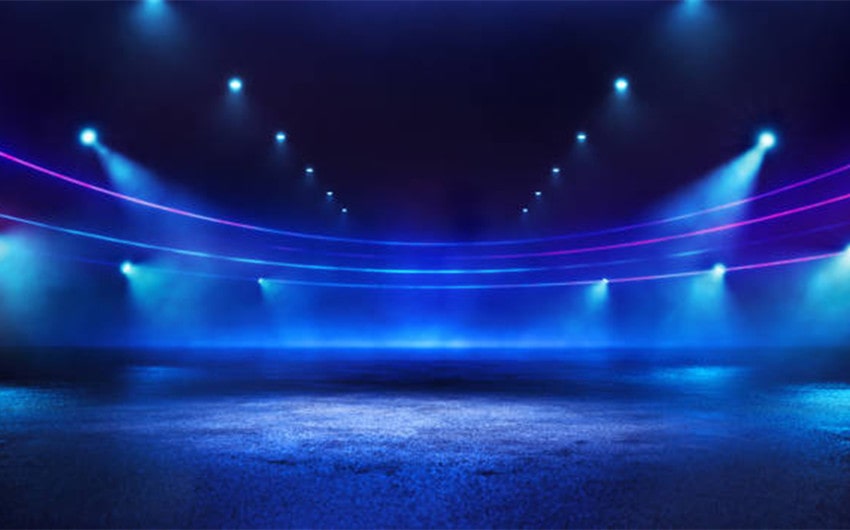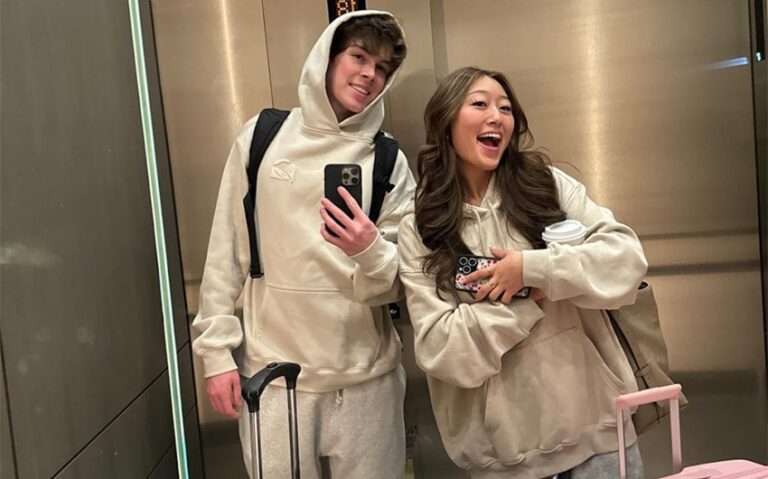When Reality Bends: How Tele-immersive Performance Tech Is Redefining Live Arts
Imagine sitting in your living room while an actor thousands of miles away meets your gaze, their movements perfectly synced with sound and space; the floor beneath you hums with vibration, light flickers around your hands and a scene unfolds that feels vividly present. This emerging form of art, known as tele-immersive performance, merges live theatre with spatial computing, 3D capture and sensory feedback.
Artists and engineers are collaborating to let audiences experience presence through technology, creating shared settings that blur distance without losing authenticity. Reality is being reimagined into a stage where you can stand inside the story instead of watching from outside it. Tellingly, a 2025 industry report found that 73% of audiences are willing to travel for immersive experiences, showing how deeply people crave connection and physical presence even in digitally enhanced art.
The emergence of tele-immersive performance
The dream of connecting performers across distance has circulated for decades. Early attempts using video links offered glimpses of shared presence, but the experience often felt confined to screens. Recent advances have changed that by using volumetric capture, turning performers into living, three-dimensional point clouds transmitted in real time. During recent demonstrations, two theatre spaces were linked through this system, allowing audiences in separate locations to exchange words, gestures and sound with almost no perceptible delay.
Many viewers described the sensation as being physically co-present rather than remotely connected. In rehearsal surroundings, performers now explore improvisation through tele-immersive mirrors and lighting that respond to both motion and emotion. The result feels closer to a creative duet than a broadcast; for artists, that shift invites a new kind of intimacy that happens through distance rather than despite it.
Technical foundations: Latency, bandwidth and sensory fidelity
Tele-immersion relies on a balance of speed, capacity and sensory precision. Latency, the time between a movement and its appearance elsewhere, must remain almost invisible for natural interaction to occur. Here, systems achieving around one-tenth of a second of total delay have reached a threshold where dialogue and motion stay fluid. Bandwidth then becomes the next challenge: a single tele-immersive session may involve streaming vast quantities of spatial data, spatial audio and haptic feedback simultaneously.
Meanwhile, adaptive compression techniques help by sharpening only the regions that hold the viewer’s focus, keeping data demands manageable while preserving depth and texture. Lastly, sensory fidelity completes the equation, where spatial sound creates directional realism, while tactile floors and responsive seating transmit the subtle energy of motion or music. When those cues arrive together in perfect rhythm, your mind accepts the shared illusion of being inside a common space and performance becomes something experienced through the body as much as through the eyes.
Real-world deployments and hybrid experiments
Across the live arts, tele-immersion and its related technologies are beginning to appear on public stages. At Red Rocks Amphitheatre in Colorado, a large-scale concert used immersive sound arrays to envelop audiences in moving audio fields. In Las Vegas, the Sphere’s enormous 16K screens and multi-channel sound system surround spectators in panoramic environments that respond dynamically to performance. Meanwhile, touring projects such as Cercle Odyssey extend this approach with mobile 360-degree projection and synchronized live music, combining sustainability with spectacle.
In New York, immersive theatre companies have transformed traditional proscenium setups into walk-through experiences that place participants directly inside narrative worlds. Commercial partners are also exploring creative integrations, with some hybrid performances including interactive micro-experiences, such as a themed mobile casino interface accessed via QR code, that merge digital play with the storytelling arc. No matter if playful or poetic, these experiments signal how art, technology and participation are converging into a single expressive medium where presence and imagination intertwine.
Impacts on creators, audiences and business models
For those who create, tele-immersive performance introduces new artistic languages: directing becomes an exercise in spatial composition, where timing, perspective and digital responsiveness carry as much emotional weight as dialogue or lighting. Actors adapt their craft to maintain expressive depth in physical and virtual planes, while designers orchestrate sensory cues so light, vibration and sound merge into a coherent aesthetic. The audience, too, steps into a futuristic role; instead of fixed seating, you may navigate scenes through gestures, change your viewpoint or influence narrative rhythm through subtle choices.
Ultimately, that fluidity builds a form of authorship shared between performer and participant. Financial models are shifting as well, with remote access broadening audience reach beyond the limits of venue capacity, allowing flexible ticket tiers and geographically distributed events. Sponsors and creative partners contribute through embedded digital experiences, while smaller companies find new ways to sustain artistic work through hybrid performances that exist across multiple realities.
Toward a new definition of presence
Tele-immersive performance suggests that “live” is now defined by the quality of connection between people. The essence of theatre and music has always been the energy exchanged in real time, as the unspoken communication that happens when imagination and attention align. Today, technology now offers a new medium for that exchange, one that multiplies presence instead of diminishing it.
When you enter a tele-immersive space, you join a collective act of creation that stretches across boundaries yet retains the fragility of breath and gesture. Artists experiment, audiences participate and a new form of cultural memory begins to grow, one that records sound and image as well as shared sensation. Reality bends, but it does so to make room for more human experience. Looking ahead, the stage expands, the walls dissolve and the art of connection steps quietly into a new era.







